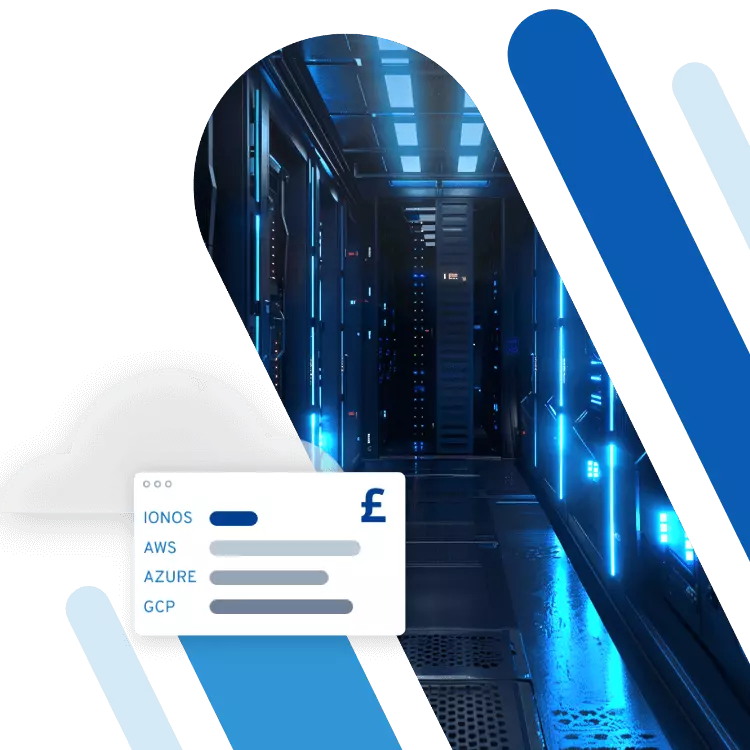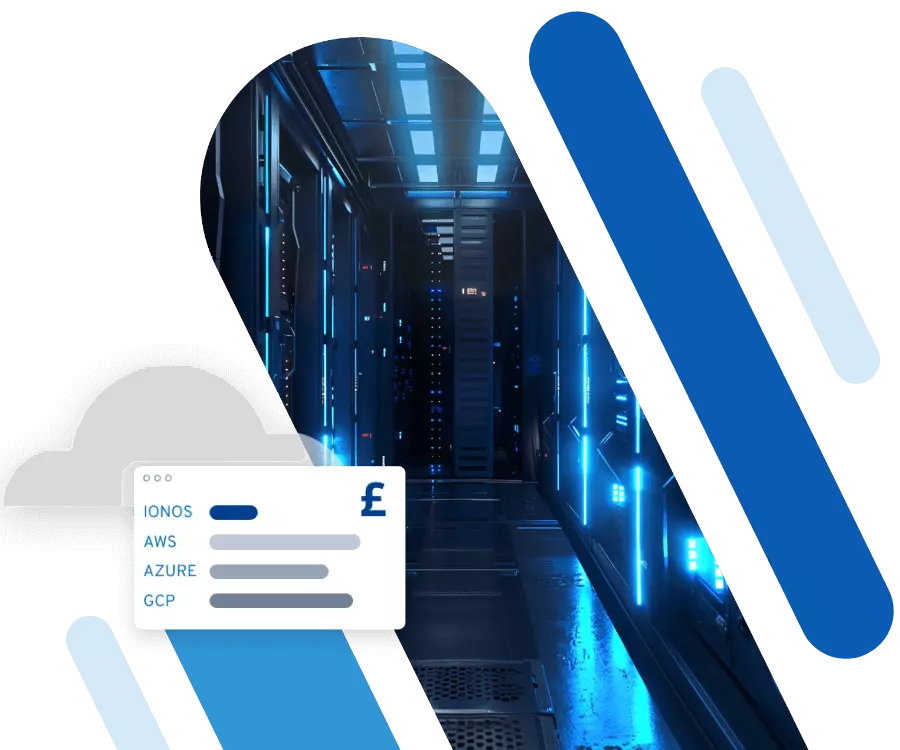How to install Nextcloud on Windows step by step
To install Nextcloud on Windows Server, Windows 11, or Windows 10, a convenient all-in-one solution is available in the form of a Docker image. To be able to install the software, you need to meet the hardware requirements and own a public domain.
Nextcloud for Windows and Windows Server
Nextcloud is a powerful, open-source cloud software for storing and synchronising data, suitable for businesses, individuals, and government agencies alike. Although the software is typically run on Linux servers, Nextcloud can also be installed on Windows systems, such as Windows Server. However, this requires simulating a Linux-based environment.
There are several options for achieving this. The Nextcloud development team recommends using either a Docker image or a virtual machine (e.g., with VirtualBox or Hyper-V) on Windows Server. The more commonly used option is installing Nextcloud via Docker, primarily due to its ease of installation. Therefore, we will focus on this method below.
Since Windows is not natively optimised for Nextcloud, performance issues may arise. Possible approaches to improve performance include caching, database optimisation, and setting up dedicated storage directories.
What requirements must be met for Nextcloud on Windows?
To install Nextcloud on Windows 11/10 or Windows Server, your hardware must meet the minimum requirements. You will need a 64-bit processor with four CPU cores and at least eight gigabytes of RAM. Additionally, support for hardware virtualisation must be enabled in the BIOS. The system should also have sufficient storage space for data and backups.
If you want to use Nextcloud on Windows, you will also need to own a public domain and be able to open ports. Another key challenge for installing and configuring the cloud software is having an administrator account.
Managed Nextcloud from IONOS offers a powerful solution for GDPR-compliant teamwork, making it ideal for agencies, small businesses, and freelancers. You retain full data sovereignty without having to worry about the installation, maintenance, and updates of your cloud. Your data will be securely stored in European data centres that meet the highest privacy standards.
How to install Docker Desktop
To install via Docker, you need the appropriate software. Set it up as follows:
- Download Docker Desktop for Windows from the Docker website.
- Run the .exe file to install the application.
- Tick the box that says ‘Use WSL2 instead of Hyper-V’, as WSL2 is the recommended option. Then click ‘OK’.
- After the installation, restart your computer by clicking on the ‘Close and restart’ button.
- Open the Docker software and accept the terms of use by clicking ‘Accept’.
- Follow the link displayed in the pop-up window.
- On the Windows documentation page, under step 4, click the first link to download the WSL2 Linux Kernel update package for x64 machines.
- Install the
wsl_update.msifile and restart Docker Desktop. - You can skip the following tutorial by clicking on ‘Skip Tutorial’.
- Under ‘Settings’, tick the first option to ensure that the Docker software loads automatically when logging in.
How to install and set up Nextcloud on Windows
Once Docker Desktop has been successfully installed, you can download and set up Nextcloud. The following guide refers to installation without an existing web server or reverse proxies.
- Open the command line and enter the following command:
docker run ^
--sig-proxy=false^
--name nextcloud-aio-mastercontainer ^
--restart always ^
--publish 80:80 ^
--publish 8080:8080 ^
--publish 8443:8443 ^
--volume nextcloud_aio_mastercontainer:/mnt/docker-aio-config ^
--volume //var/run/docker.sock:/var/run/docker.sock:ro ^
-e NEXTCLOUD_DATADIR="/run/desktop/mnt/host/c/ncdata" ^
nextcloud/all-in-one:latestAdjust the path /run/desktop/mnt/host/c/ncdata to suit your individual requirements. The path corresponds to C:/ncdata on your system, so make sure to adjust it accordingly. Also, ensure that the path you enter begins with /run/desktop/mnt/host/.
- Then, open the AIO interface at
https://localhost:8080. Use an IP address or local hostname (instead of a domain) to avoid possible HSTS blocking. After accepting the certificate, your password will be displayed, which you should keep safe. - Click the ‘Open Nextcloud AIO login’ button and enter your password.
- You will then be redirected to the AIO dashboard, where you can enter your public domain. The dynamic DNS (DDNS) should point to your public IP address. Also, make sure to forward at least ports 443/TCP, 3478/UDP, and 3478/TCP to your Windows system.
- Next, you will have the option to configure optional add-ons and set your timezone. After that, click ‘Start containers’ to begin the download.
- Once all containers have been downloaded and started, Nextcloud will display an overview screen listing the running services and containers.
- Open your new Nextcloud instance and log in with your credentials to configure Nextcloud.
Our separate guide explains how to install Nextcloud on Ubuntu. There are also detailed guides available in the Digital Guide for Nextcloud on Kubernetes and Nextcloud on Debian 12.
Nextcloud clients for Windows
Nextcloud provides various desktop clients for Windows, macOS, and Linux. These allow you to connect to your Nextcloud and keep data synchronised. To offer flexible access, Nextcloud also provides mobile clients for iOS and Android. All Nextcloud clients for desktop and mobile devices can be installed easily, for free, and on an unlimited number of devices.
- Keep your data safe with industry-leading security
- Save time on updates and maintenance
- Easily add apps and online office tools

